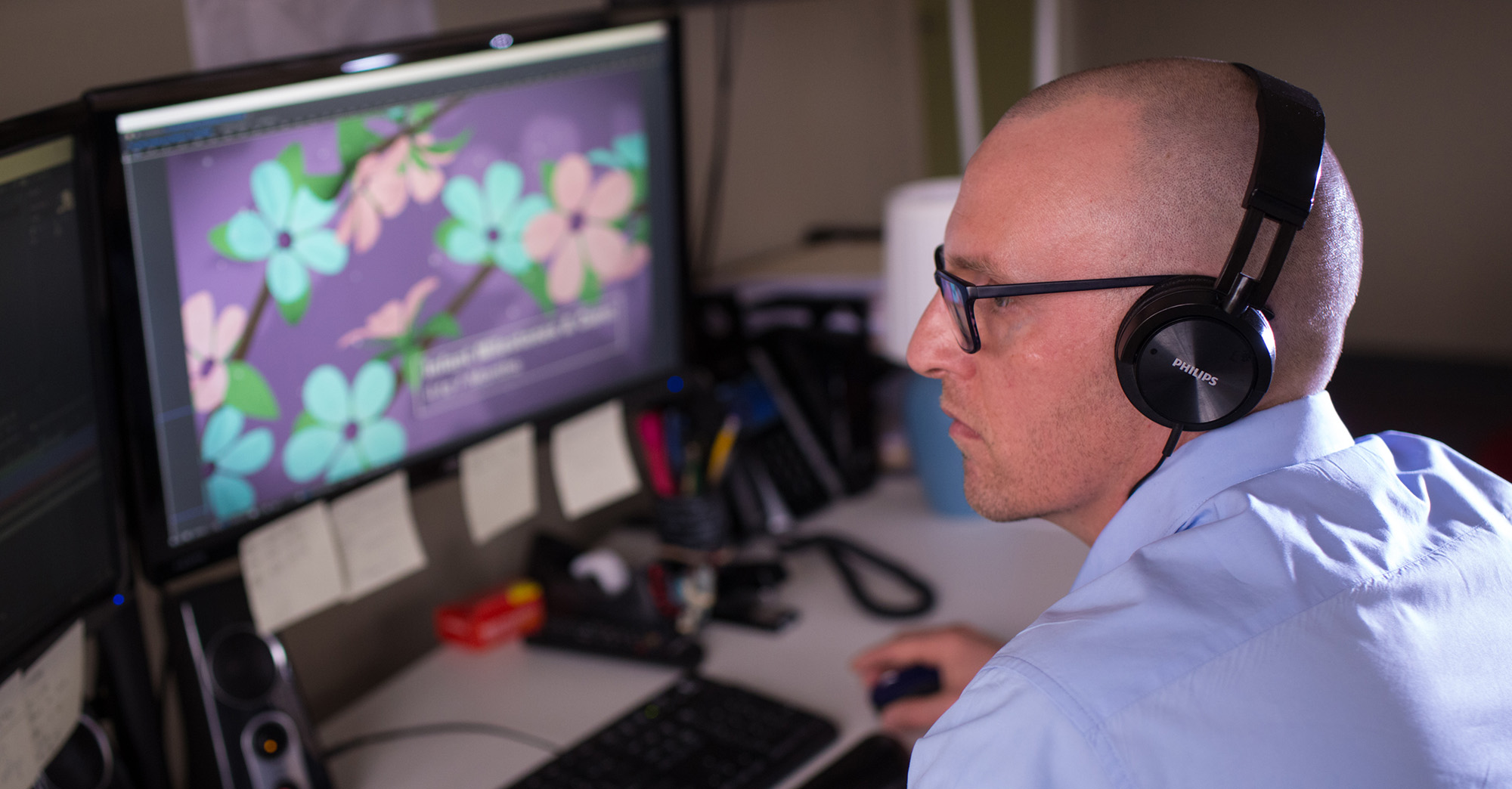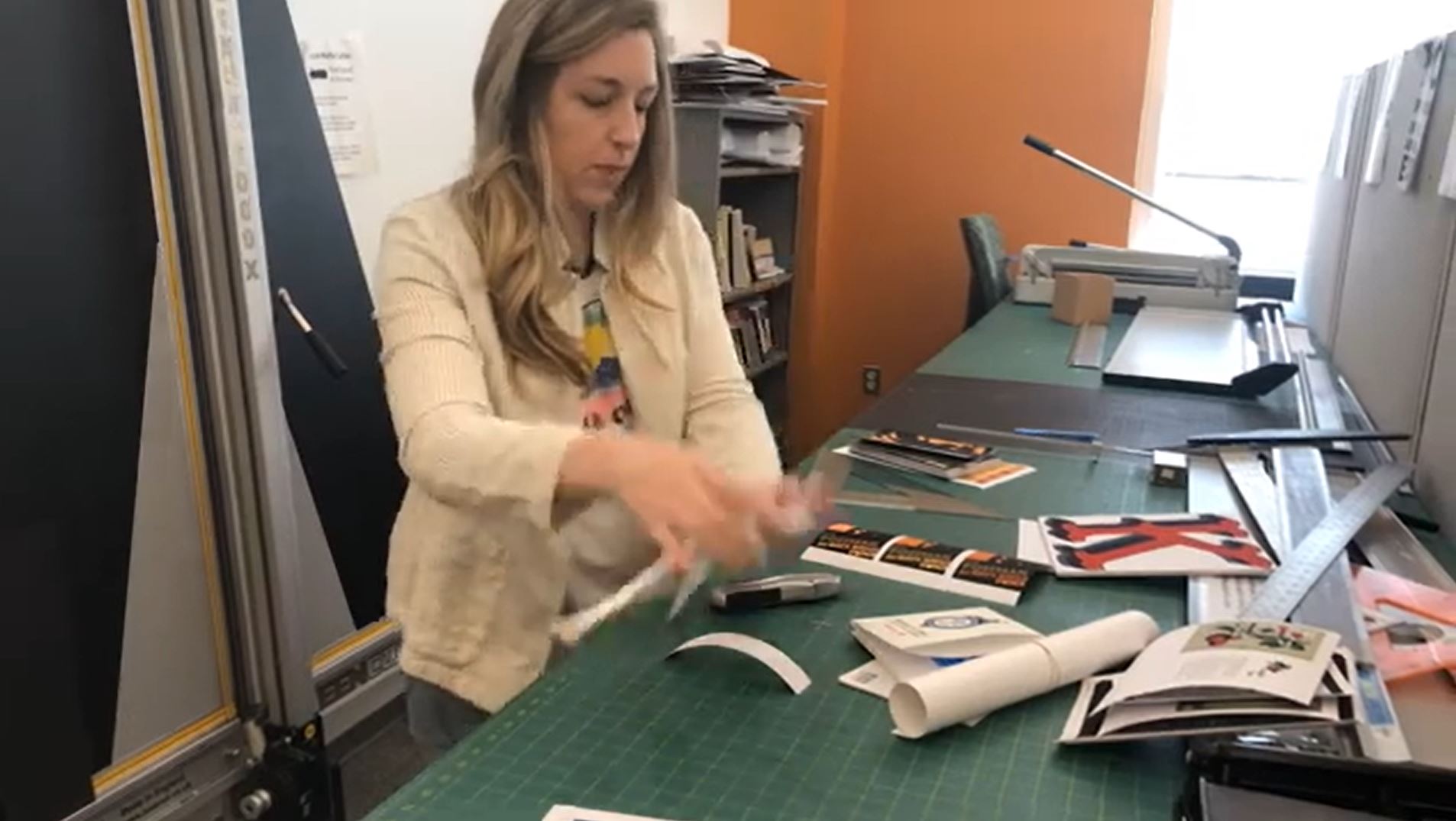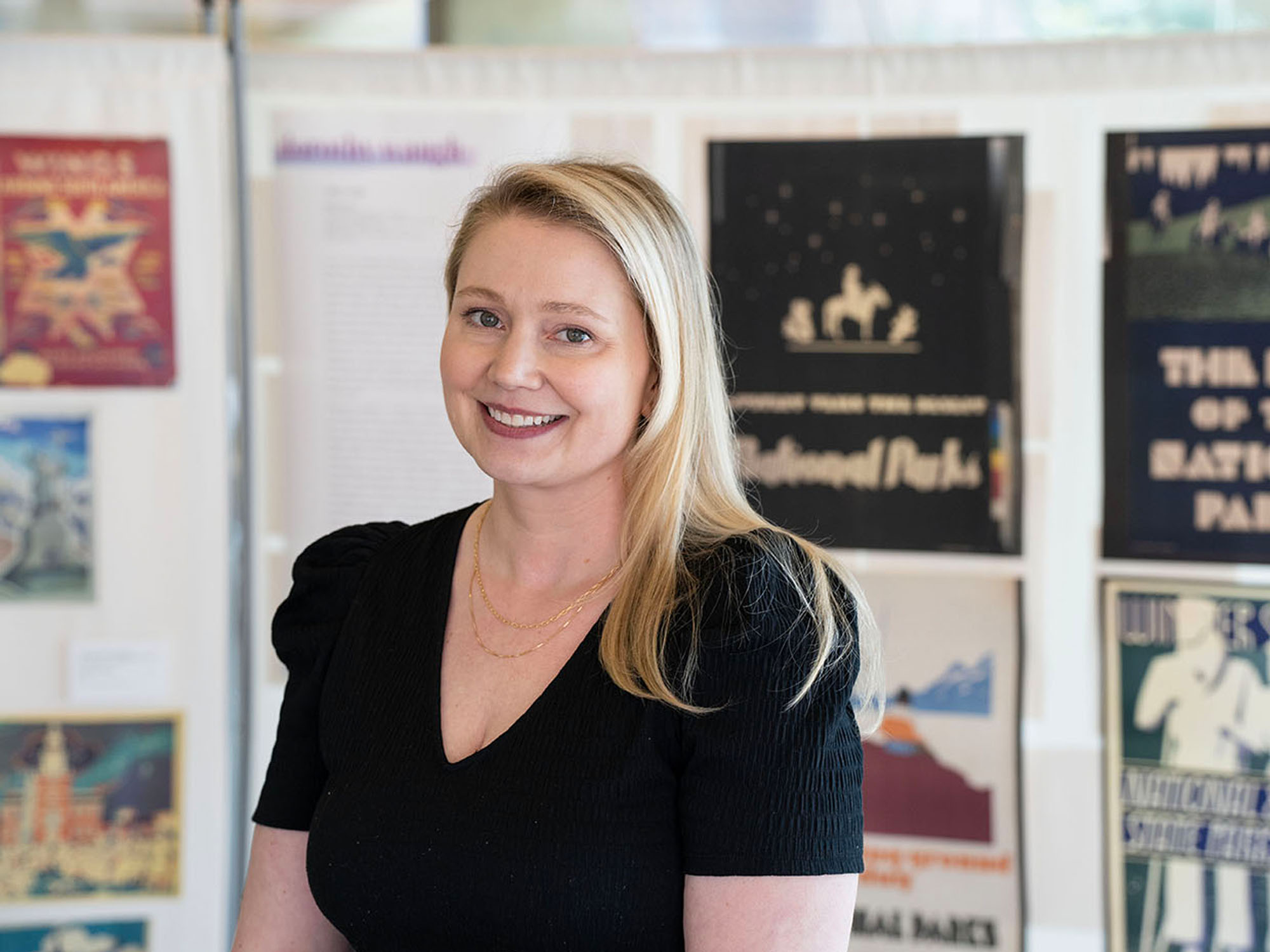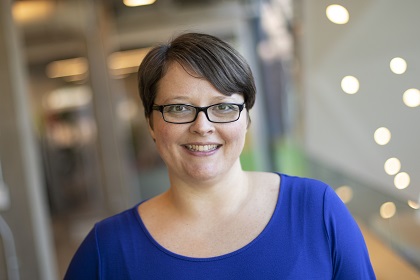Integrated Design

Why This Degree is For You
A Program like no other in the Country.
Our world’s multimedia have become totally integrated; your MFA should be, too. The best multimedia careers now demand designers whose education, experience and aesthetic approach, cross traditional boundaries. UBalt's MFA in Integrated Design program prepares students for all of that and more.
Communication and Design
Program Type
Locations/Format
Cost
More About Tuition & Fees
• UBalt offers "regional, in-state tuition" for select out-of-state areas.
Requirements
A 60-Credit Program.
Portfolio required; no test requirements for admission.
Quick Links
MFA in Integrated Design
As a designer in the 21st century, you must be fluent in the language and concepts of multiple media—not only print, but also motion/video and web-based technologies.
This 60-credit Master of Fine Arts program offers an integration of print, video, and digital media design like no other in the country. Imagine mastering the art of storytelling through diverse platforms, creating visually stunning and impactful designs that resonate across various media. This program is designed to equip you with the skills and knowledge to thrive in the ever-evolving landscape of design, pushing the boundaries of creativity and innovation.


MORE ABOUT THE PROGRAM
Step into the future of design with our cutting-edge Master of Fine Arts program, where you'll master the art of storytelling across print, video, and digital media like never before!
- You'll develop problem-solving skills for conceptualizing design solutions to communications problems, design skills that make those solutions effective and production skills that allow you to realize those solutions.
- You'll earn the academic credential most sought after by colleges and universities hiring design faculty.
- You'll study with some of the region's top designers, who are our part-time faculty. Our flexible approach to course content attracts teachers who enjoy creative freedom. In turn, these talented professionals attract students who are serious about learning design from the best instructors.
- When you graduate, you'll join a network of alumni who are employed as art directors, senior magazine designers, directors of publications for museums, senior designers in design firms and university professors.
Put theory into practice:
We employ students to manage its Digital Design Studio, a state-of-the-art lab focused on design in all media and formats. Studio assistants get paid (student assistants) or receive tuition remission and a stipend (graduate assistants) while gaining invaluable technical experience.
Meet MFA student Stacy Adam

"My interest in stamps started several years ago when the post office never seemed to have stamps available that matched a theme for an invitation I was creating. As a graphic designer, I was tired of feeling like I had to settle for something that didn't match the rest of the invitation package, so I started looking online and came across vintage stamps, which opened up a whole new world of possibilities. From there, I began collecting vintage stamps, and I was attracted to topics like women's rights, fine arts and textiles, and astronomy. I'm drawn to stamps that are well-designed and eye-catching. My love of stamp collecting and learning about the history behind the stamp and the country of origin led me to philately. I was shocked when I learned that the demographic numbers of one of the largest stamp organizations in the United States was only 9 percent female, which seemed to be vastly different from the community I was engaged with on social media.
My thesis aims to encourage more women to call themselves a philatelist, who – despite their interests in stamps, snail mail, postcards, and other philatelic topics – are hesitant to do so. In order to promote a sense of community and empower these women to find their place in a hobby largely dominated by men, I will interview other women who are active philatelists and then present their stories in a printed book, on a website, and on social media profiles that will be dedicated to informing and connecting women in the hobby. This project is not only important for the future of philately, which is often viewed as a dying hobby, but it will also contribute to the larger conversation of representation, inclusion, and the empowerment of women. It is my goal to see women more equally represented throughout this hobby."
Stacy was recently featured by the American Philatelic Society:
What Our Graduates Do
Common Roles
- Art, Media and Creative Director
- Senior Designer
- Director of Publications and Design
- University Faculty

MFA thesis uncovers forgotten stories in design
Read Full StoryThis is something that facilitated my being a successful student, and I really can’t say that that would have been the case at any other institution.








